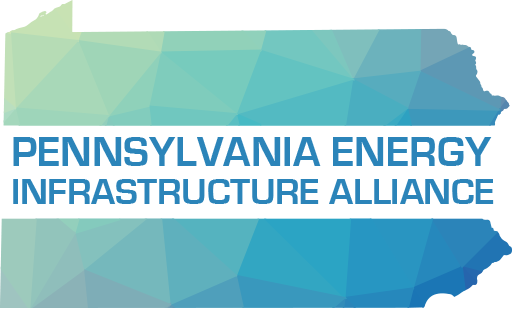Last week marked the 50th anniversary of Earth Day, a day originally meant to champion conservation causes across the nation. Today Earth Day is often used by fringe activists to push extreme measures that would ultimately do more harm to society.
For example, many of these activists argue for an across the board banishment of fossil fuel development, but fail to realize that fossil fuels are used in the development of nearly everything we use on a daily basis. Today, hospital workers are in grave need for masks and hospital gowns to help protect them while fighting COVID-19, yet these products are made utilizing products generated from our country and Pennsylvania’s steel and petrochemical’s industry. Just last week, Peggy Noonan with the Wall Street Journal wrote about how employees at Braskem at Marcus Hook in Delaware County have been shut in for weeks as they manufacture polypropylene, a critical component in face masks and hospital gowns. For those not aware polypropylene is generated from propane a product transported to Marcus Hook through the Mariner East pipeline.
Last week, Jeff Nobers, the Executive Director of Pittsburgh Works Together, had a great piece that highlights how much activists have strayed away from the original intent of Earth Day in the Pittsburgh Post-Gazette. The piece is titled, “Honor the original mission of Earth Day.”
“Happy Earth Day to all of you still living here, not the parallel universe to which this commemoration has occasionally been taken.
When it began 50 years ago, Earth Day was conceived as a tribute not simply to the planet but to the idea of living on it wisely, husbanding its resources and achieving a level of harmony between human aspiration and environmental stewardship.
Here’s how The Associated Press described a four-day symposium in Pittsburgh to commemorate the first Earth Day:
“The teach-in, supported by more than 30 local and regional governmental, educational and health groups, will explore two major questions — will there be life on Earth in 20 years? If we survive, how will we be living?”
Not only did we survive well past that 20-year projection, but we were, until the recent pandemic, living at standards unimaginable a half-century ago. The average life expectancy in 1970 was 71 years. Today, it’s 79. A city once covered in smoke, with ecologically dead rivers, now boasts a gleaming skyline and boating, fishing and other outdoor activities where the Monongahela meets the Allegheny.
It’s not Shangri-La, but Pittsburgh today is far from the place where a one-block stroll could ruin a white shirt. That’s because the first Earth Day was about going to war with pollution, not prosperity.
We still need to honor the point of Earth Day: building a vibrant economy with an improved environment. We won’t accomplish that by reverting to some sort of Year Zero, in which industry and manufacturing vanish. The goal is to reduce human impact on the planet, not eliminate human presence.
Groups protesting the continuing presence of a steel industry in the Mon Valley need to understand that the ventilators needed right now for the pandemic are made of two key materials: steel and plastic. And that steel is being made in plants that produce a fraction of the emissions they once did. In truth, the largest source of hydrocarbons in our air today is automobiles.
On the first Earth Day, union autoworkers in St. Louis unveiled an important breakthrough: a car that runs on clean natural gas. That resource has already given Pennsylvania a major reduction in greenhouse gas and small particle emissions — an advance that doesn’t fit the current narrative of hard-liners, but does wonders for the lungs of millions.
The shadow of the COVID-19 pandemic is a cold one, but one in which to contemplate ways in which we can — and in many cases are — advancing both a vibrant economy and a sound environmental agenda.
And it has given us a startling glimpse into a world without commerce, much of it the kind that hard-line “environmentalists” envision. Record numbers of people are unemployed. Grocery shelves are sometimes bare. Small businesses are barely hanging on, and families are wondering how to make mortgage payments.
Higher standards are a great thing, but when jobs vanish and your car is getting three weeks to a gallon, take the hint: Poverty is not an environmental victory.
Poverty, in fact, not only pollutes the human spirit; it pollutes the human body and the landscape. The correlation between poverty and crime, substance abuse and shortened lifespan is so axiomatic that statistics aren’t needed.
Poverty’s connection with pollution — from abandoned junk to roadside dumps — is visible in too many poor neighborhoods and regions.
Here in Western Pennsylvania, we should take equal pride in the emerging new technologies and the established manufacturing and energy sectors. We need to leverage our natural resources, research capabilities, intellect, innovation and workforce talent to provide a sustainable economic model that honors the environment, respects our culture and heritage, and allows us to prosper as residents of this planet.
Simply put, Earth Day is about celebrating the Earth, not abandoning our place on it.“
